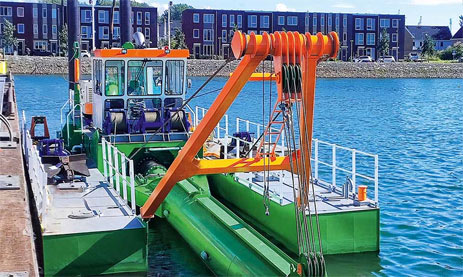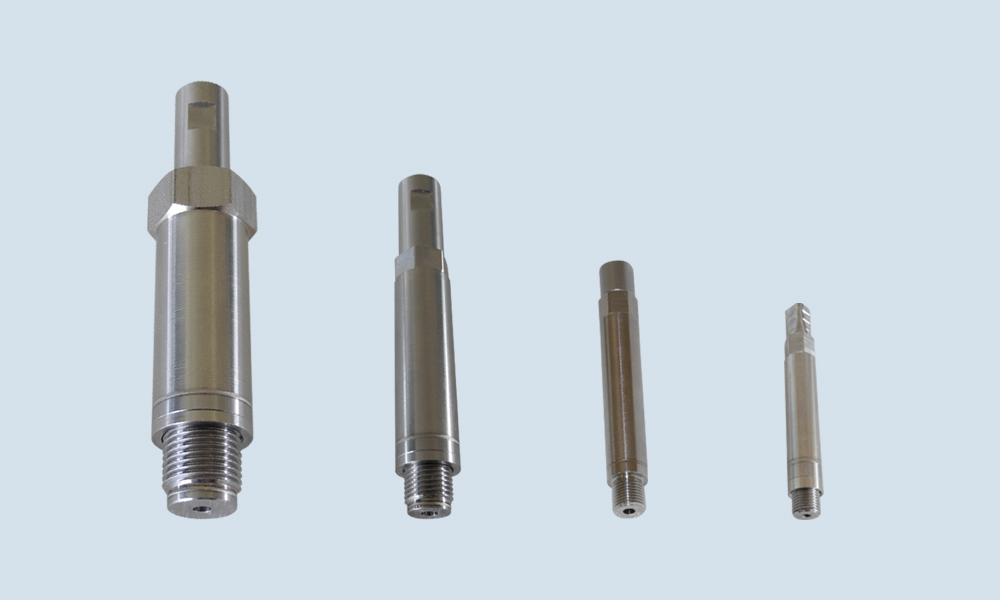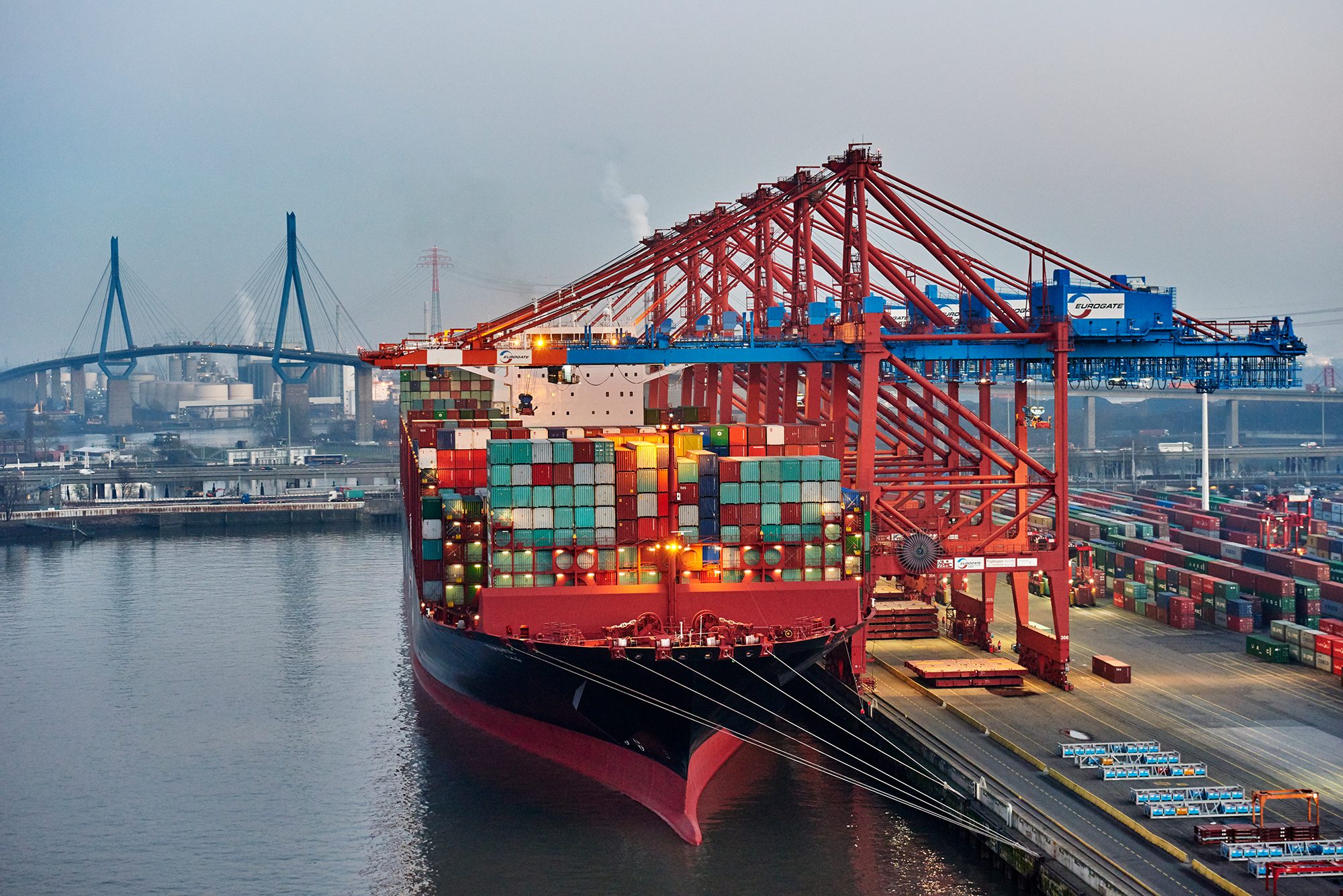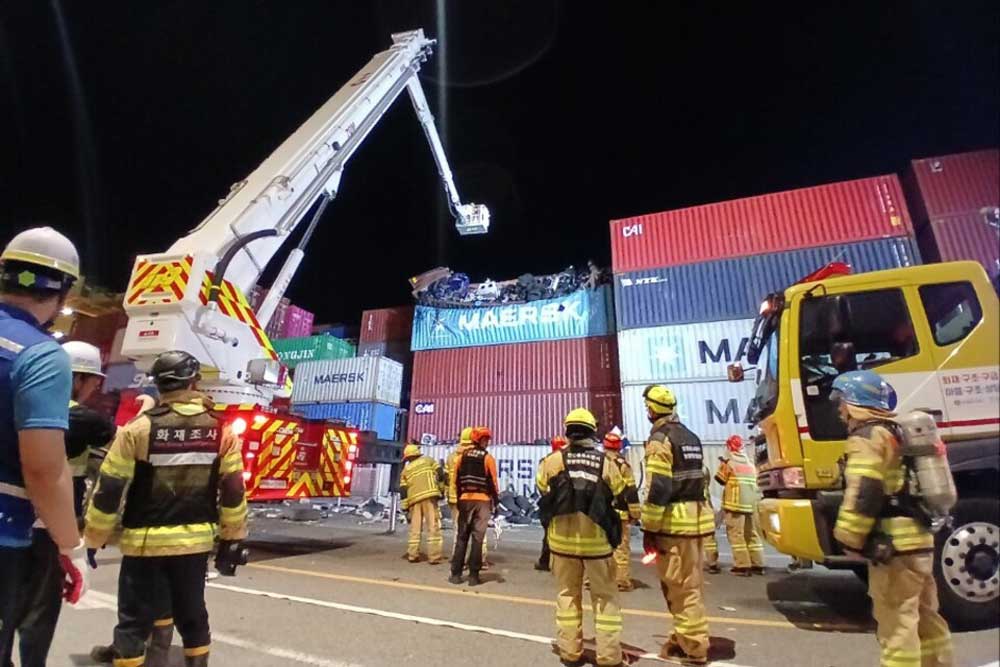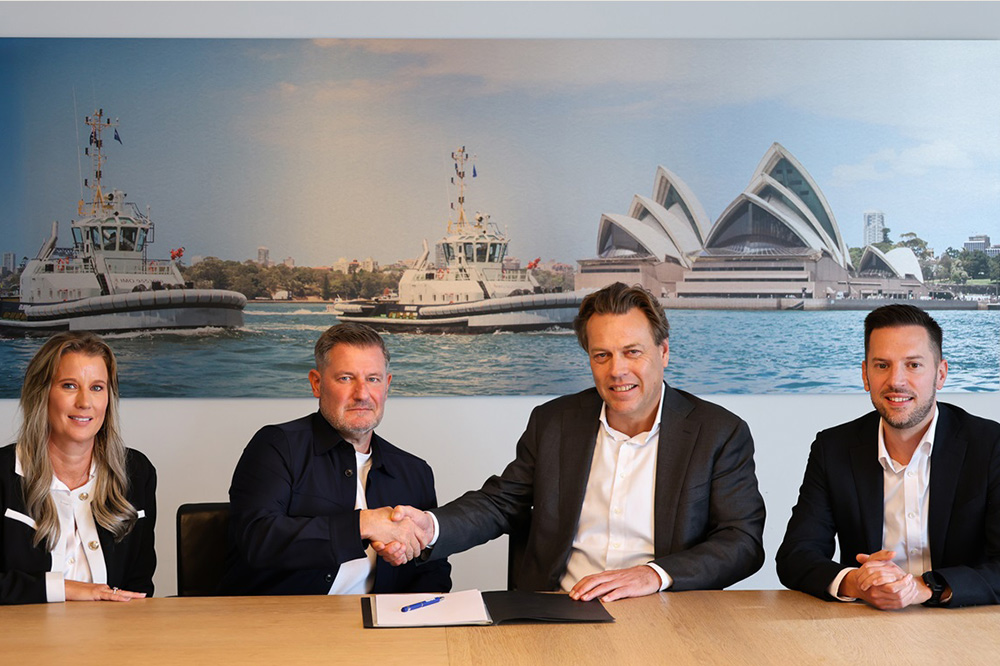South Korean presidential candidate Lee Jae-myung has unveiled ambitious plans to turn Korea into a leading maritime nation.
The focus is on shipbuilding, which according to Lee is to be repositioned as a strategic industry of the future.
In a public statement, he described the industry as the key to exports and employment and announced five specific development paths: the expansion of intelligent and environmentally friendly ship technologies, support for wind-powered ships via a so-called energy express lane, the modernization of construction and manufacturing processes, the targeted promotion of small and medium-sized shipyards and the establishment of a strong maintenance and repair industry for maritime technology.
Technology offensive with uncertainties
The aim is to spark a new dynamic in the industry with technological innovation, state funding and qualified training. To this end, autonomous navigation systems are to be promoted, remote control solutions are to be brought to market maturity and qualified specialists – particularly for research and design – are to be better supported. Lee also promised to encourage banks to issue advance payment guarantees in good time and to extend state guarantees for tenders.
However, the question arises as to whether shipbuilding is actually the right industry for Korea’s future. Although the country has a historically strong position in this sector, international competition – particularly from China – is enormous. In order to survive globally, Korea must specialize in high-tech niches such as autonomous ships, low-emission drives and offshore wind technology. Without technological leadership, there is a risk that ambitions will come to nothing in a tight market environment.
The focus on small and medium-sized shipyards is also not without risk. These companies are often weak in terms of capital and resources, and the order situation is volatile. More than just political declarations of intent are needed to enable them to hold their own in international competition. Concrete support measures are needed – such as targeted technology partnerships, public investment or tax relief – otherwise the competitiveness of these companies will remain at risk in the long term.
According to Lee, the shipbuilding industry should become a stable pillar of the regional economy and secure long-term growth as part of the K-Initiative. However, in view of these unanswered questions, it remains to be seen whether his strategy is more than just a well-intentioned industrial policy promise.
Location debate about HMM increases doubts
Another component of Lee’s maritime agenda is causing political controversy: the announced relocation of HMM‘s headquarters from Seoul to Busan. The shipping company is 72% owned by the state, which makes the move formally possible. Lee justified the move with the aim of achieving regional balance – Busan is hoping for economic impetus.
However, industry experts doubt the benefits. HMM’s headquarters are located in the financial district of Yeouido in Seoul, close to its most important customers, banks and investors. A move could reduce operational efficiency, as the business is heavily driven by sales and finance. Lee’s statement that the workforce had already agreed to the move – which was immediately denied by the trade union – was met with additional criticism.
So it remains to be seen whether this is an industrial policy concept or symbolic election rhetoric. (rup)









